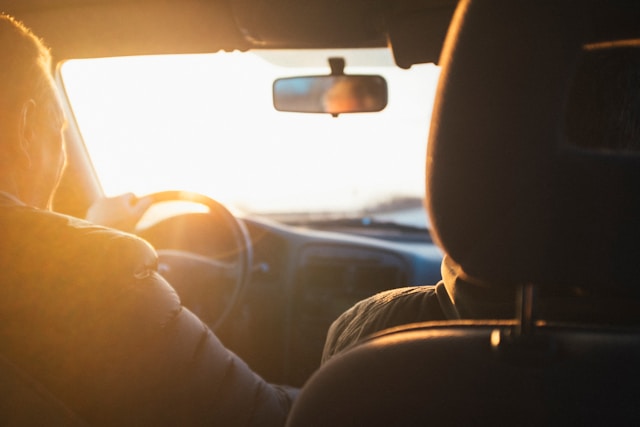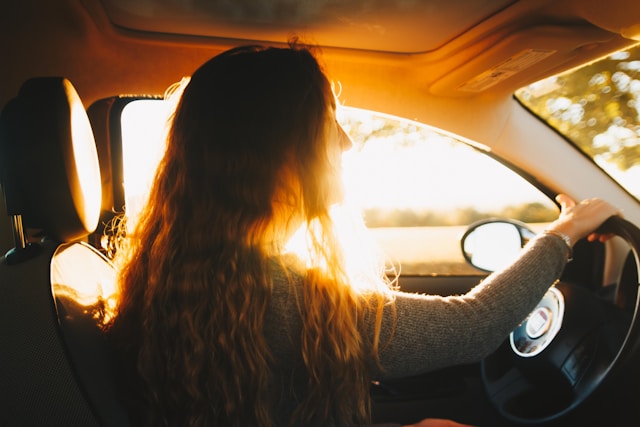Late afternoon driving can be deceptively challenging. While the sun is no longer at its peak, the glare during this time can create significant visibility issues, especially as it aligns with drivers’ sightlines. Ensuring safety during this time requires a combination of awareness, preparation, and defensive driving tactics. If you have been injured in a crash caused by sun glare, you need a Nashville car accident attorney to help you prove fault and recover compensation.
Understanding Late Afternoon Driving Challenges
As the sun lowers on the horizon, its rays can hit directly into the windshield, creating glare that blinds drivers momentarily. This effect reduces the visibility of traffic signals, pedestrians, and other vehicles. Roads with long, open stretches or tree-lined areas can worsen glare by creating sharp contrasts of light and shadow. Other factors adding to late afternoon challenges include increased traffic during rush hours and fatigue from a long day of work or errands.

Tips for Driving Safely During the Late Afternoon
To minimize risks, consider the following safety practices:
1. Prepare Your Vehicle
- Use a Sun Visor: Adjust your visor to block direct sunlight without obstructing your view.
- Keep Windshields Clean: Dirt or smudges on your windshield can intensify glare. Clean both the interior and exterior regularly.
- Wear Polarized Sunglasses: These reduce glare effectively and enhance your ability to see clearly.
2. Adjust Your Driving Habits
- Increase Following Distance: Give yourself more time to react to unexpected stops or hazards.
- Reduce Speed: Slower speeds allow for better control and more reaction time.
- Avoid Sudden Lane Changes: Clear your blind spots before switching lanes, as glare can obscure nearby vehicles.
3. Be Mindful of Other Drivers and Pedestrians
- Anticipate Pedestrian Activity: In residential areas or near schools, pedestrians may be hard to spot due to sun glare.
- Signal Early: Use your signals earlier than usual to give other drivers ample warning.
Who Is at Fault for a Crash Caused by Sun Glare?
Many states operate under a modified comparative fault system. This means that if you are involved in a crash caused by sun glare, liability is apportioned based on each party’s level of fault. A plaintiff can recover damages as long as their fault does not exceed 50%. If their fault is determined to be 51% or higher, they cannot recover compensation.
For example:
- Driver Responsibility: A driver who fails to adjust their speed or take precautions for reduced visibility caused by glare may be deemed negligent.
- Road Design Issues: If poor road design, such as inadequate signage or maintenance, contributed to the crash, the entity responsible for the roadway might share liability.
- Third-Party Involvement: Another driver who contributed to the accident by reckless or distracted driving could also bear partial or full responsibility.
While sun glare is considered a natural phenomenon, drivers are still expected to adjust their behavior accordingly. Failing to take reasonable precautions (e.g., using a visor, or slowing down) can result in a driver being held liable for the crash. Insurance companies or courts will assess whether the driver acted reasonably under the circumstances.
Steps to Take After a Crash
If you’re involved in a collision during late afternoon hours:
- Ensure Safety First: Move to a safe location if possible and check for injuries.
- Document the Scene: Take photos of the sun’s position, road conditions, and damages to vehicles.
- Gather Information: Collect contact and insurance details from other parties and any witnesses.
- Report the Incident: File a police report to have an official account of the accident.
- Contact an Attorney: In Tennessee, consulting with a personal injury lawyer can help you navigate the complexities of determining fault and seeking fair compensation.



